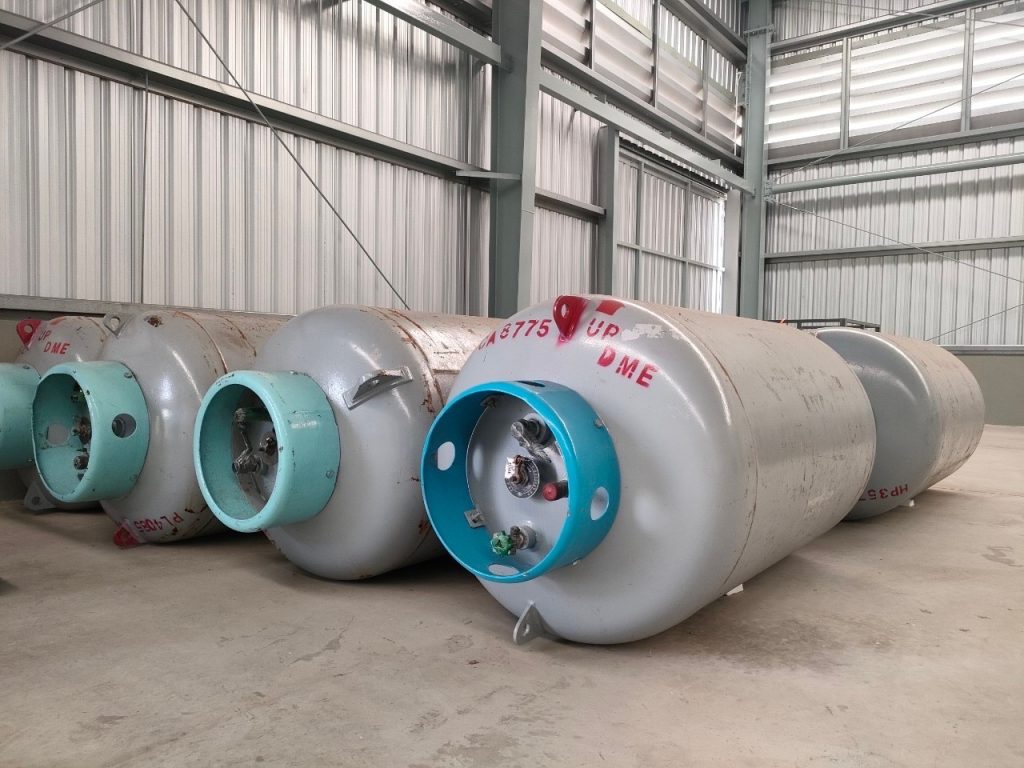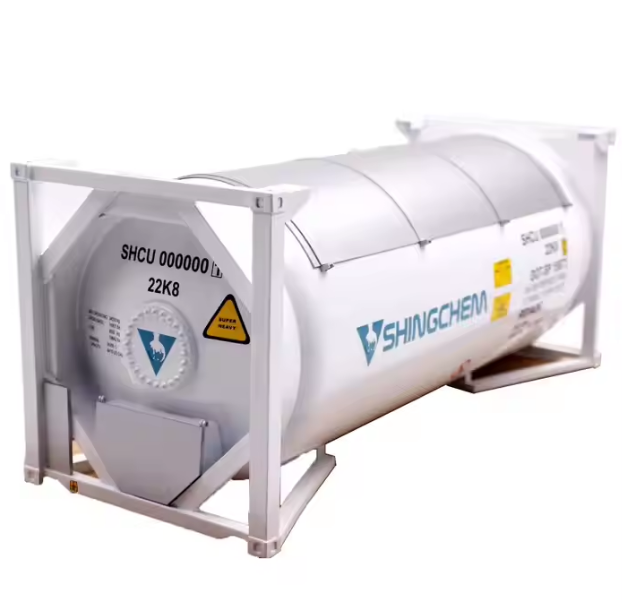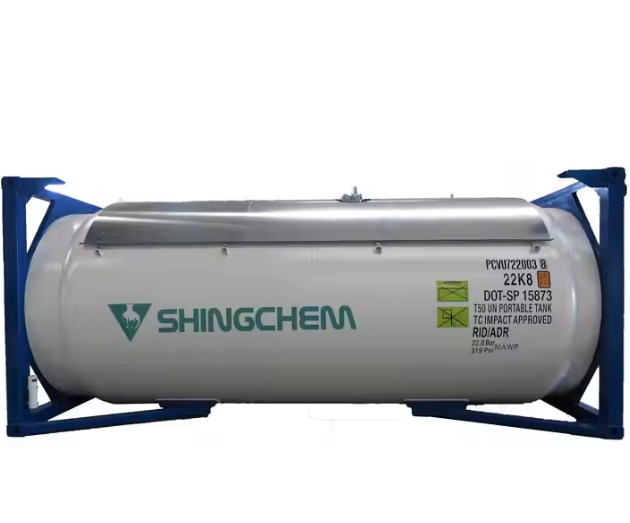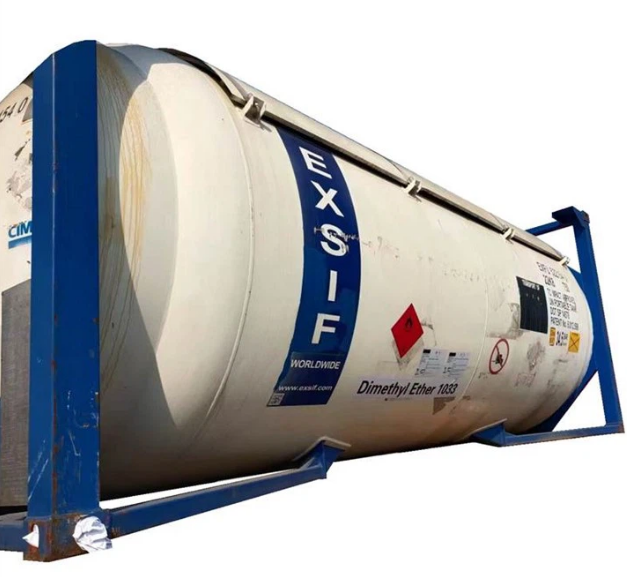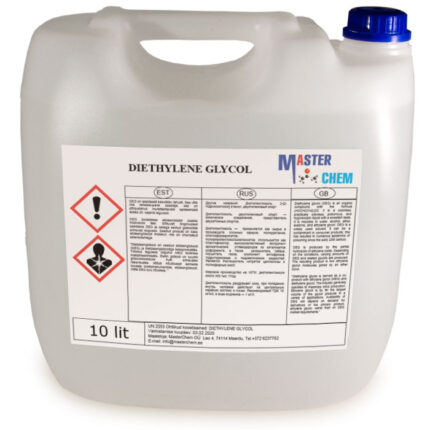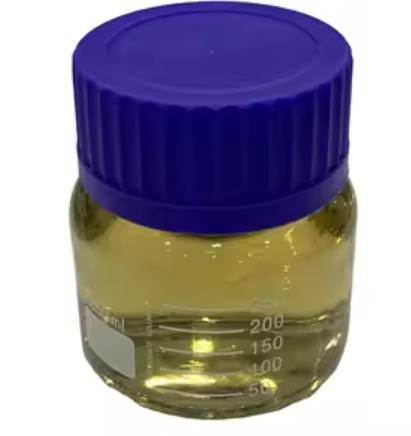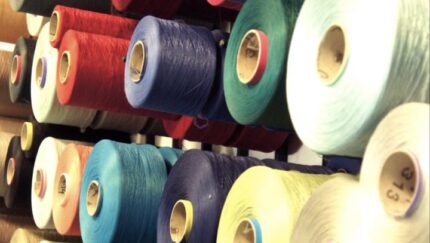Description
Household chemicals and aerosol cosmetic products
Advantages of use:
- very good solvent for polymers in hairsprays. It provides gentle dispersion of the product from the can,
- highly compatible with hydrocarbon propellants (propane, butane, propane-butane, pentane),
- very good solubility in water.
Lacquers and spray paints
Advantages of use:
- it is both a propellant and a solvent,
- rapid evaporation of DME ensures faster drying,
- dimethyl ether minimizes the formation of streaks,
- creates a homogeneous layer,
- reduces the use of a paint to achieve similar effect,
- it has a higher partial pressure than the in case of propane or butane.
Assembly foams
Advantages of use:
- ideal propellant,
- very good solvent for the fluoropolymer,
- extends the life of the finished product,
- good for controlling viscosity and structure of the foams,
- a formula containing dimethyl ether may optimize winter formulations.
Foamed polystyrene foams
Advantages of use:
- avoiding the additional use of other solvents (ethanol, acetone),
- may be used instead of freon, lowering the production costs,
- the high distribution rate makes it suitable for production of boards with a lower density, reducing the production costs,
- allows the production of boards of greater thickness (up to 100 mm and above), which have improved compressive strength,
- improves the thermal insulation properties,
- helps to reduce CO2 emissions to the atmosphere.

